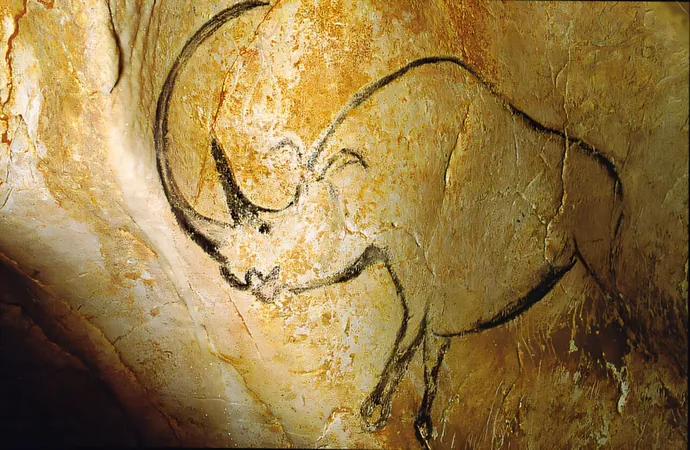
Fascinating Discovery: Woolly Rhino Found in Siberia Boasted a Unique Fatty Hump!
2024-11-11
Author: Charlotte
Introduction
In an extraordinary revelation, a coalition of geologists, paleontologists, and mammoth fauna researchers in Russia has uncovered the remarkable remains of a woolly rhinoceros, first discovered in the frigid Siberian ice in 2020. This groundbreaking research, now featured in the reputable journal Quaternary Science Reviews, sheds light on a fascinating physical trait of this ancient creature—a prominent fatty hump on its neck.
Ancient Depictions
Ancient cave drawings scattered across parts of Europe and Russia provided a tantalizing glimpse into the lives of these extinct woolly rhinos, showcasing a creature possibly linked to today’s rhinoceroses. However, scientists have long been puzzled by the depiction of a hump on the animal's neck, as skeletal remains and mummified specimens had never confirmed its existence.
Verification of Ancient Illustrations
Now, based on new findings, it appears that those ancient artists were indeed accurate in their illustrations—this woolly rhino specimen did possess a significant fatty hump. Researchers explain that such humps are typically found in cold-adapted animals, serving as essential energy reserves during harsh winters when sustenance becomes scarce.
Discovery Location and Analysis
Discovered alongside the banks of the Tirekhtyakh River in Yakutia, Siberia, this rhino carcass was kept frozen since its unearthing in 2020. Recently, the research team was granted access to the specimen for comprehensive analysis, which began with careful defrosting. Remarkably, they determined that this woolly rhino was about four years old at the time of its death, dating back approximately 32,000 years. The preservation quality was exceptional, with at least half of its body intact, though the other portion was likely removed by scavenging animals before freezing set in.
Unique Discoveries
Among the discoveries made by the researchers was a distinctive horn, shaped like a blade and exhibiting a sharp edge—an unusual characteristic for a woolly rhino. However, the most striking finding was the fatty hump, which measured up to an astonishing 13 centimeters, emerging prominently where the neck met the shoulders. This represents the first time scientists have found physical evidence supporting the existence of such a feature in woolly rhinos.
Conclusion and Future Exploration
As the world of paleontology continues to unearth secrets of the past, this discovery invites renewed intrigue about the life and adaptations of these magnificent creatures. What other mysteries lie beneath Siberia’s ice? Stay tuned for more shocking revelations from the prehistoric era!









 Brasil (PT)
Brasil (PT)
 Canada (EN)
Canada (EN)
 Chile (ES)
Chile (ES)
 España (ES)
España (ES)
 France (FR)
France (FR)
 Hong Kong (EN)
Hong Kong (EN)
 Italia (IT)
Italia (IT)
 日本 (JA)
日本 (JA)
 Magyarország (HU)
Magyarország (HU)
 Norge (NO)
Norge (NO)
 Polska (PL)
Polska (PL)
 Schweiz (DE)
Schweiz (DE)
 Singapore (EN)
Singapore (EN)
 Sverige (SV)
Sverige (SV)
 Suomi (FI)
Suomi (FI)
 Türkiye (TR)
Türkiye (TR)